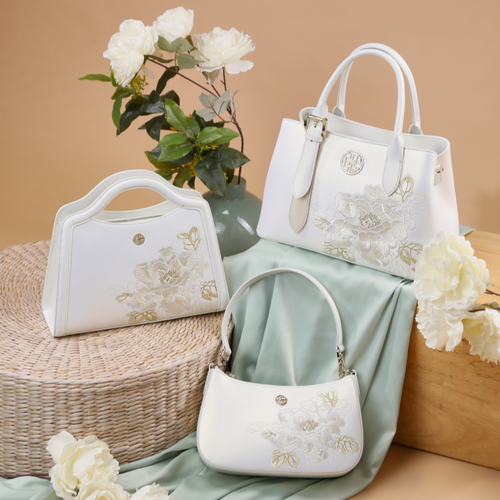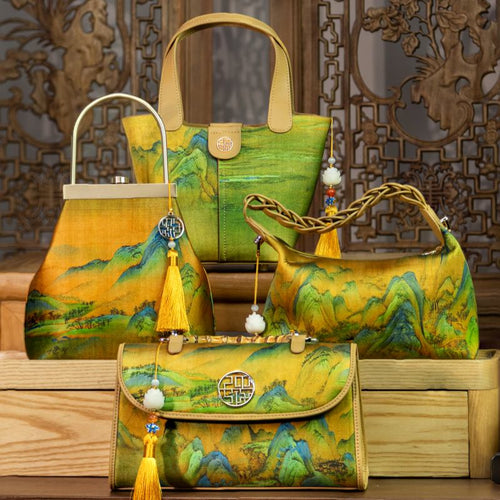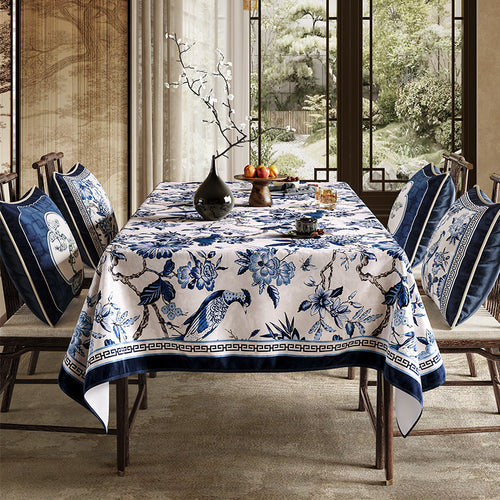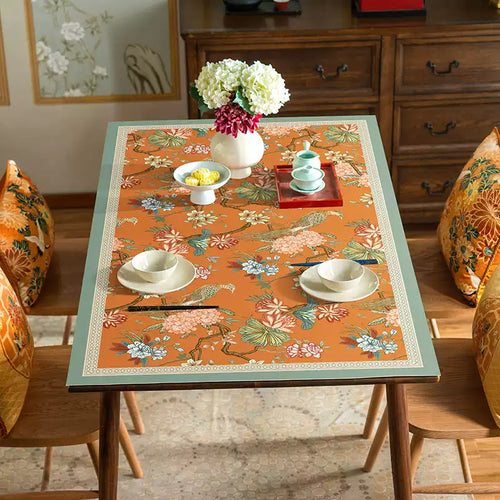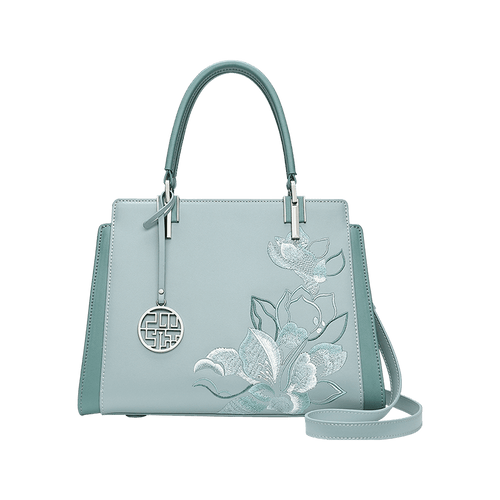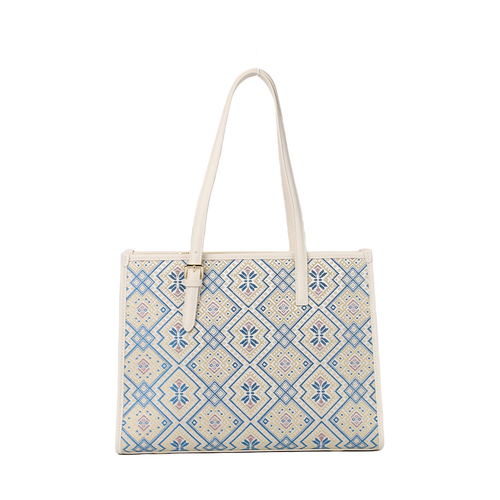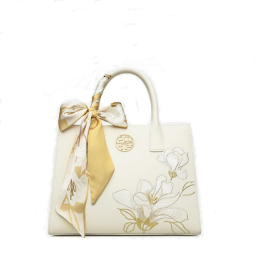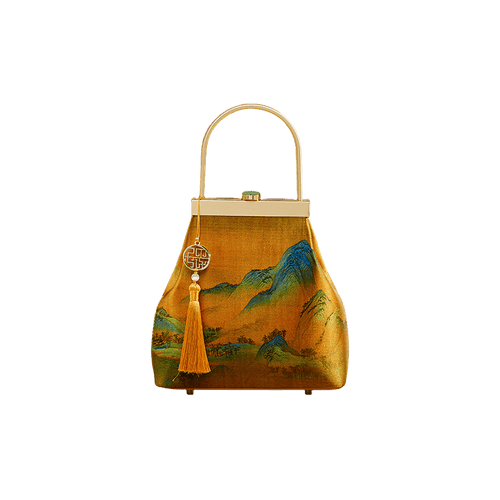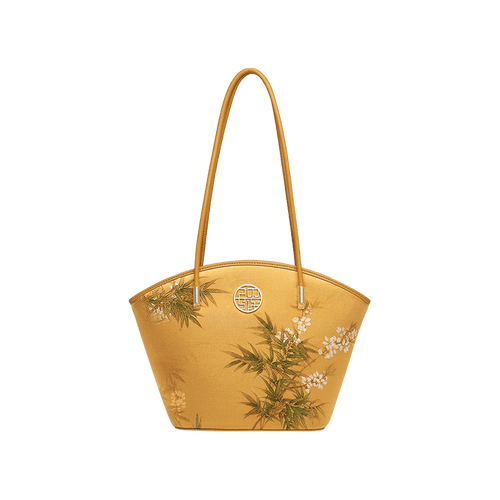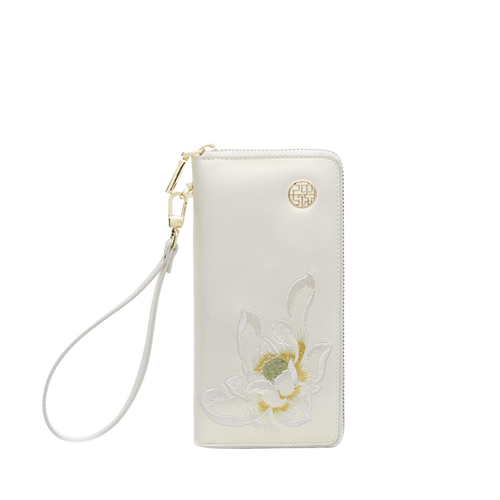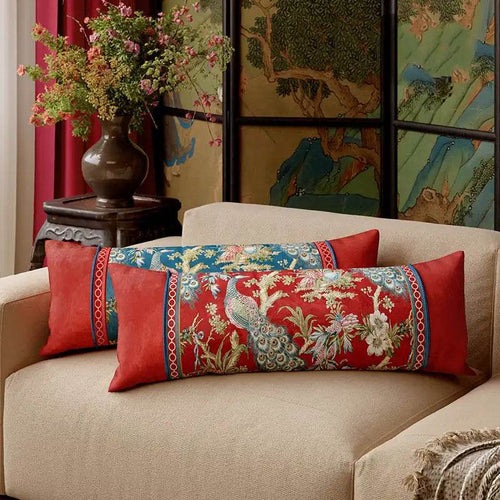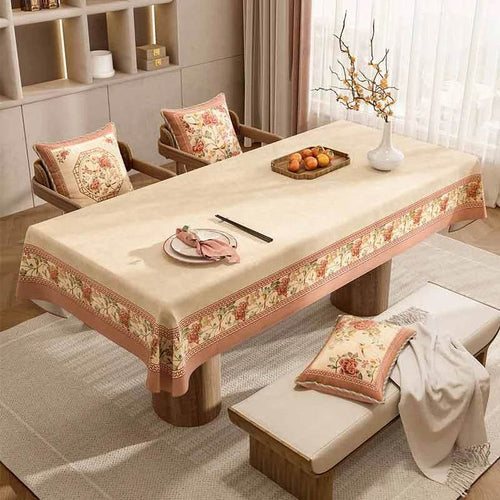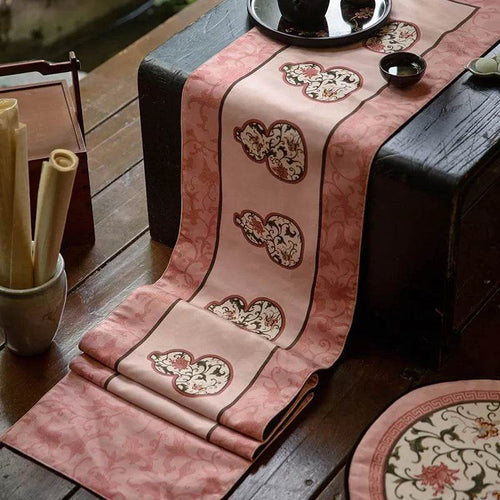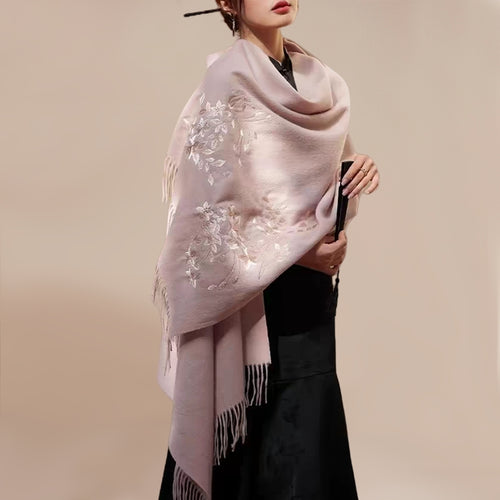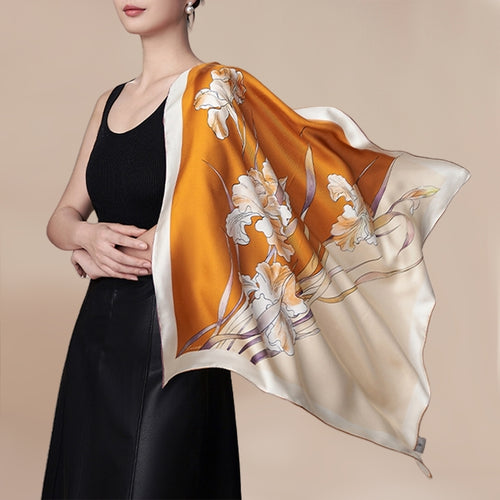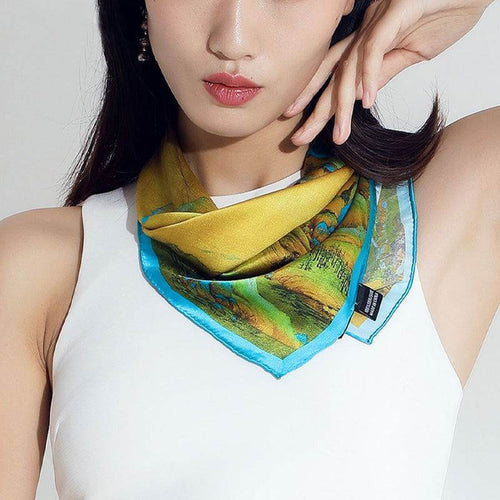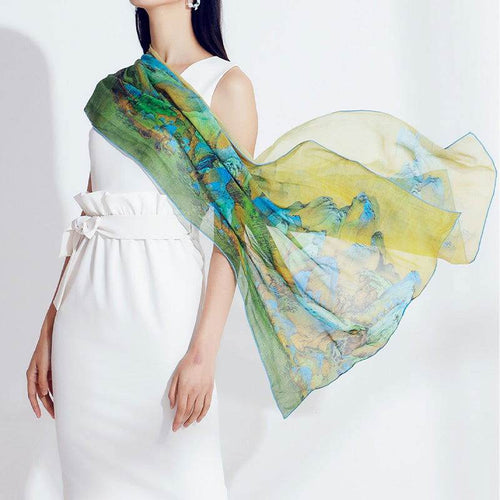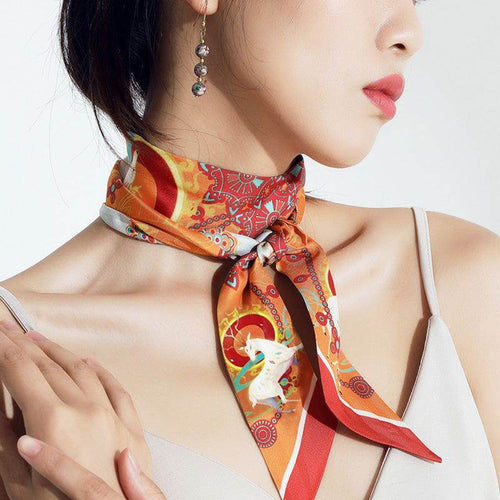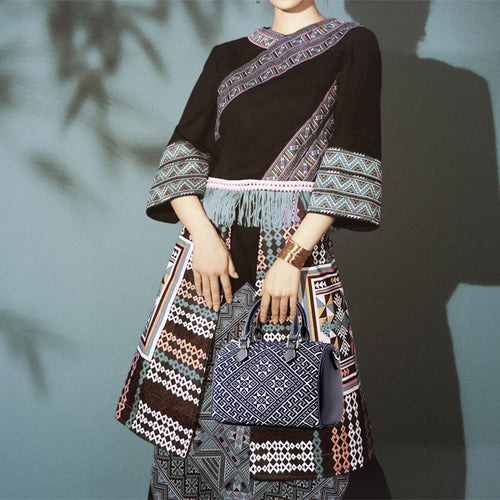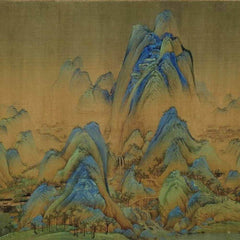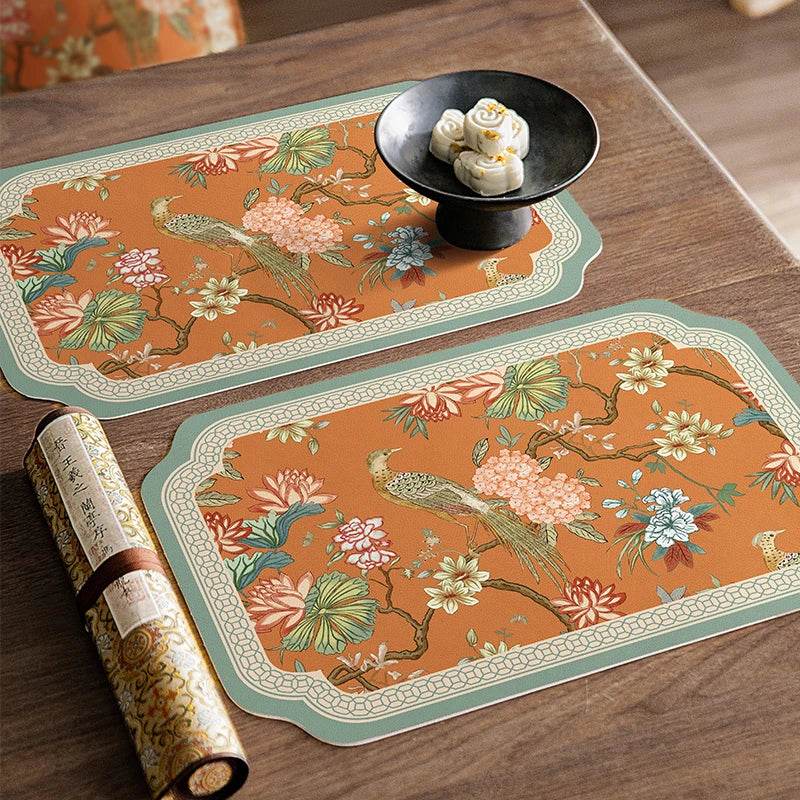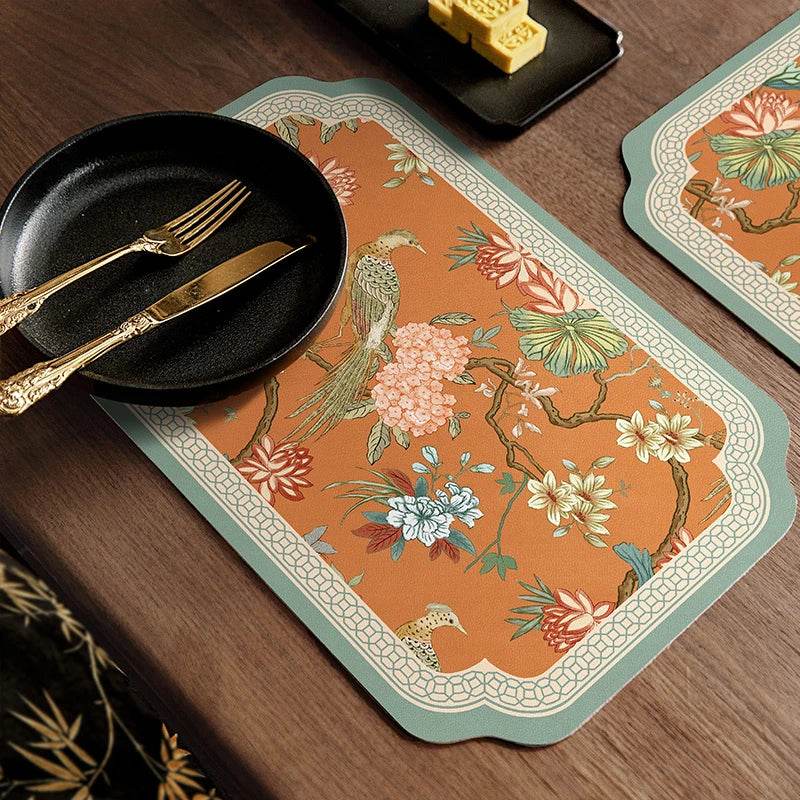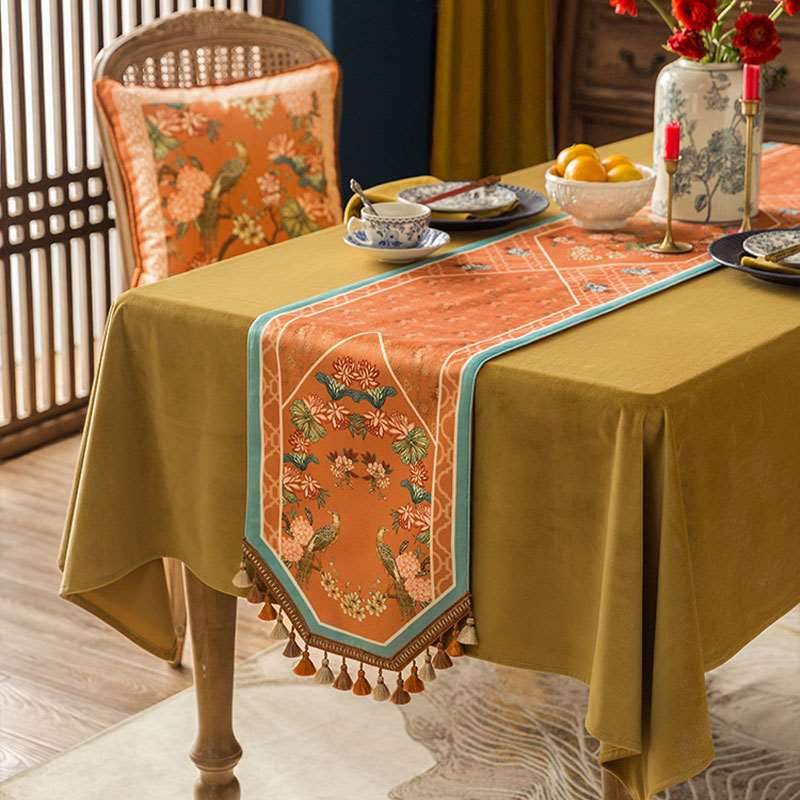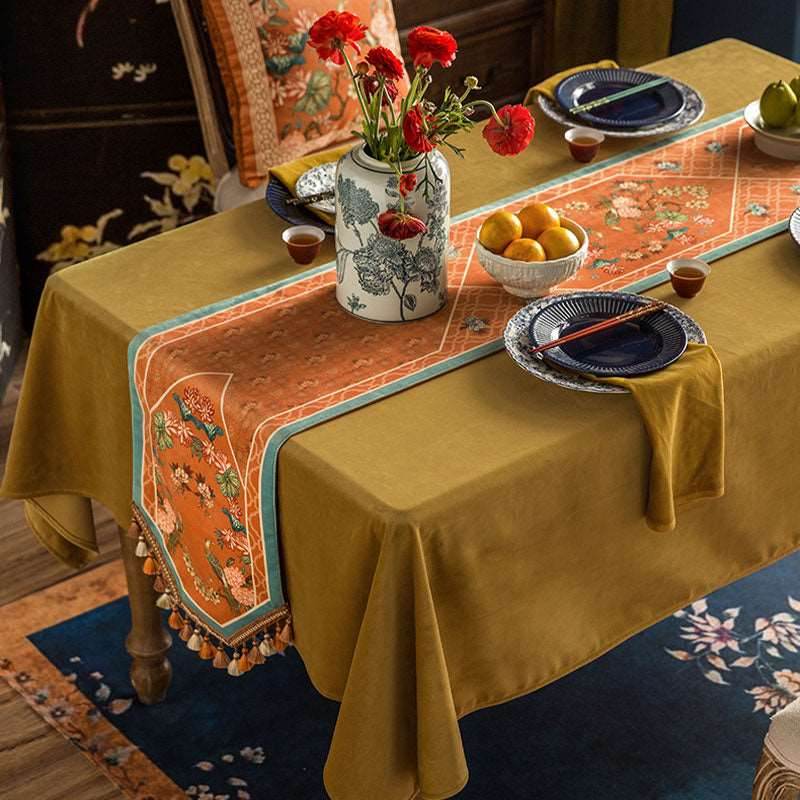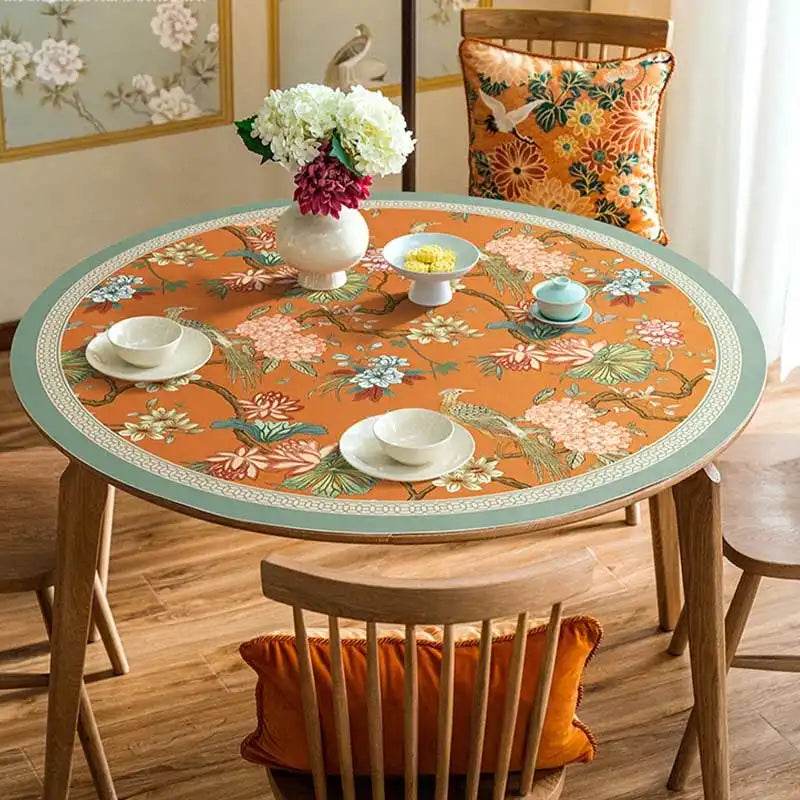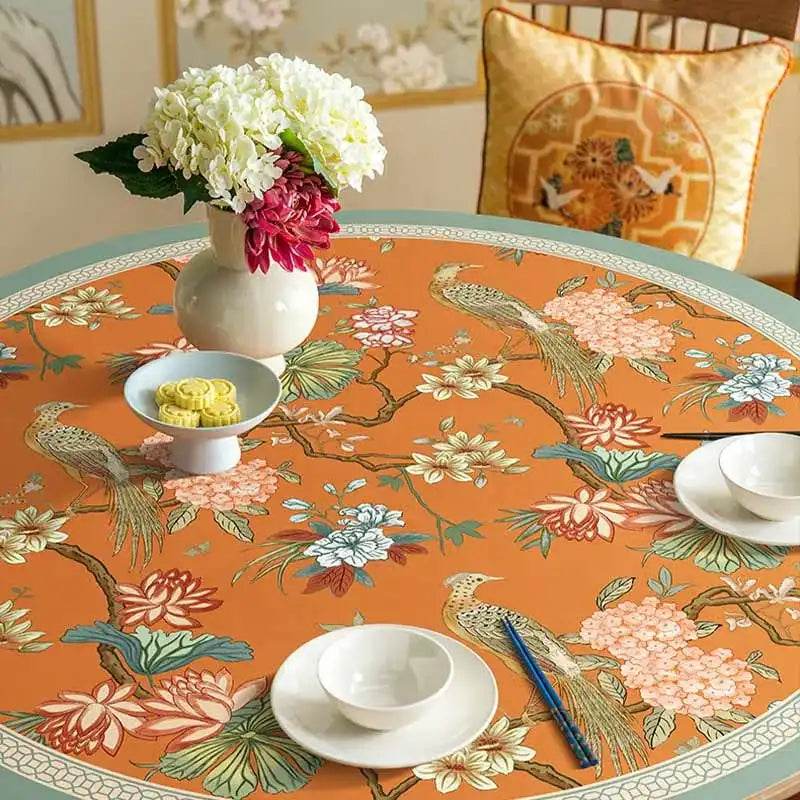The Winter Solstice, or "Dongzhi" (冬至), is one of the most significant solar terms in the Chinese lunar calendar and holds a special place in Chinese tradition. As the day with the shortest daylight and the longest night of the year in the northern hemisphere, Winter Solstice marks the shift toward longer days and the return of warmth. This day, occurring on December 21 or 22, has been observed in China for over 2,500 years, with various customs and practices that reflect the deep cultural heritage tied to this important occasion.
The Origins of the Winter Solstice Festival
The Winter Solstice has its roots in ancient Chinese astronomy. Early Chinese scholars used a "tu gui" (土圭) to measure the position of the sun and established the date for the Winter Solstice. Over time, it became not only a crucial agricultural marker but also a day of celebration, a time to honor ancestors, and to look forward to the renewal of life as the days slowly lengthen.
In ancient China, Winter Solstice was seen as a time when the "yin" (darkness) reached its peak, and the "yang" (light) began to rise, signaling the arrival of spring. As such, it was believed that after Winter Solstice, the harshest cold would begin to recede, and a new cycle of growth and prosperity would begin.

Winter Solstice Traditions Across China
1. Dumplings in the North
One of the most widely recognized traditions associated with Winter Solstice in northern China is the eating of dumplings. The custom of eating dumplings, or jiaozi (饺子), on Winter Solstice is deeply linked to the famous physician Zhang Zhongjing, who is said to have invented this food to help people stay warm and healthy during the cold winter months. According to legend, Zhang Zhongjing gave dumplings to the poor, with medicinal ingredients wrapped inside, to protect them from the cold and to ward off illness. Today, the eating of dumplings on Winter Solstice is a cherished tradition that symbolizes warmth, family unity, and good health.

2. Tangyuan in the South
In southern China, tangyuan (汤圆), or glutinous rice balls, are the food of choice for Winter Solstice. These sweet, sticky rice balls filled with ingredients such as sesame paste, red bean paste, or even meat, are symbolic of unity and completeness. The round shape represents family togetherness and harmony. In some areas, tangyuan are served in sweet soup and enjoyed with family and friends, making them a highlight of the Winter Solstice celebration.

3. Lamb Soup and Other Special Foods
In the Shandong province, particularly around Tengzhou and Dongping, another Winter Solstice tradition is lamb soup. Known as "Fu Jiu" (伏九), this custom involves drinking a hearty soup made from lamb to drive away the cold and to bring good fortune for the coming year. The practice reflects the Chinese belief that Winter Solstice is a time to strengthen one's health and prepare for the colder months.

4. Red Bean and Glutinous Rice
In Jiangnan (the region south of the Yangtze River), there’s a special custom of eating red bean glutinous rice. This dish is associated with an ancient legend where people would cook red beans to ward off evil spirits and diseases, particularly during the Winter Solstice. In ancient times, it was believed that evil spirits roamed freely during this time, and red beans were thought to have the power to drive them away.

5. Nine-Layered Cake in Taiwan
In Taiwan, the Winter Solstice is celebrated with the making of a nine-layer cake. This cake is traditionally steamed with layers symbolizing good luck and prosperity, and is used in ancestor worship. The nine-layer cake, often shaped like animals such as pigs, chickens, and turtles, represents happiness, wealth, and longevity.

Regional Variations and Special Dishes
Different regions of China have their own unique customs to mark the Winter Solstice:
- In Suzhou, people enjoy winter-brewed wine and indulge in delicacies like marinated meats to celebrate the day.
- In Zhejiang and Jiangxi, the ma zi (麻糍) is a traditional sweet treat made from glutinous rice, pork lard, sesame, peanuts, and ice sugar, offering a delicious, chewy texture.
- In Chaozhou, people eat four-flavor tangyuan, which are sweet dumplings with various fillings such as red bean, green bean, sugar melon, and yam.
A Day for Family Reunions and Blessings
Across China, the Winter Solstice is not only a time for food but also a time for family gatherings. In many areas, the custom of reuniting with family members and spending the night together, sharing meals, and celebrating the longest night of the year is a core part of the holiday.
This festival, deeply rooted in Chinese culture, symbolizes renewal, the importance of family, and the beginning of a new cycle of life. The Winter Solstice serves as a reminder to honor the past, cherish the present, and look forward to the future with hope and optimism.
Conclusion: A Festival of Hope and Togetherness
Whether it's the warmth of dumplings in the north, the sweetness of tangyuan in the south, or the tradition of lamb soup and red bean rice in various regions, the Winter Solstice is a time to celebrate the cycle of nature, strengthen bonds with loved ones, and look forward to the prosperity of the new year. With its rich customs and deep cultural significance, Winter Solstice continues to be one of the most beloved festivals in Chinese culture.
